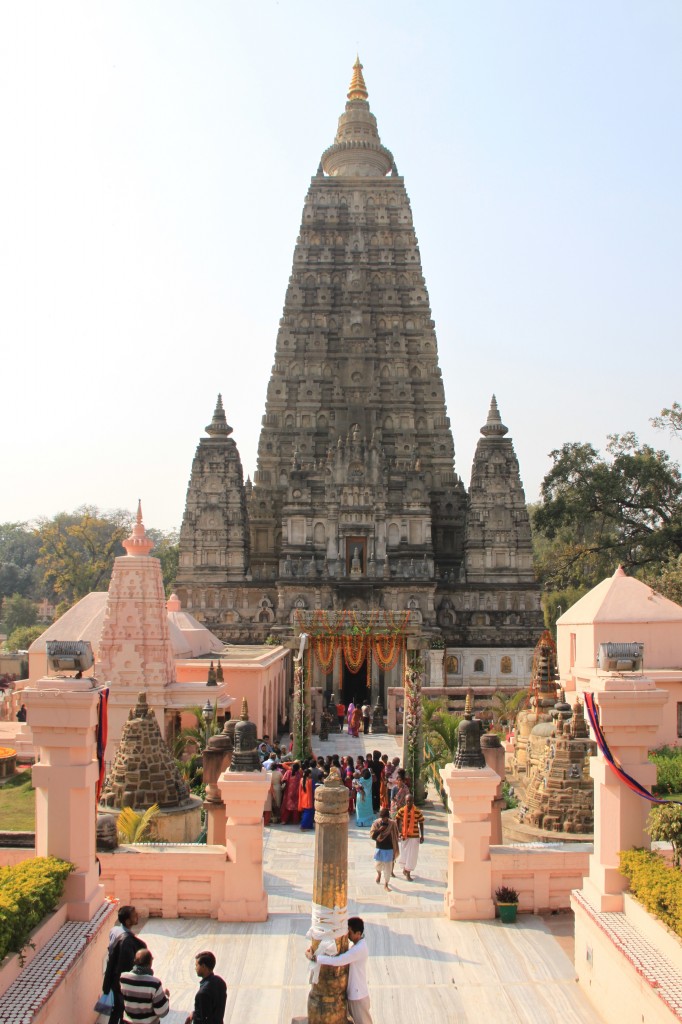Description and Short History
“The property is now revered as the holiest place of Buddhist pilgrimage in the world and is considered the cradle of Buddhism in the history of mankind.” (UNESCO)
Bodhgaya is situated in the state of Bihar in India, near the city of Gaya. The population is about 45,000 people (Government of Bihar, 2). Although Bihar was a centre of power during the Mauryan period, particularly at the time of King Ashoka, it is now a quite poor and undeveloped state, living primarily off agriculture (Bihar State Tourism Development).
The site contains the Bodhi Tree under which the Buddha meditated, next to which stands the Mahabodhi Temple, which was founded by King Ashoka, who converted to Buddhism and proclaimed Buddhism as the state religion (Mitchell & Jacoby, 71). The erection of this temple, as well as other important Buddhist sites in the same region, are directly linked to the economic situation of that time. Many inscriptions “demonstrate with great clarity how the spread of Buddhism in this phase was associated with the burgeoning inland commerce and the economically secure laity” (Chakrabrati, 198). The history of the Mahabodhi Temple is indeed linked to “the shifting patronage and political events that surrounded the fate of Buddhism both within India and beyond” (Guy, 358). Later over the centuries, several other Buddhist temples and monasteries were erected around the Mahabodhi complex by different Buddhist countries. It underwent numerous repairs and renovations, which were done by different Buddhist groups, mainly the Burmese (Geary, 654), as well as a restoration during the 19th Century by the British. It is now managed by the Bodhgaya Temple Management Act from 1949 (Geary, 11). Nehru also played an important role in the development of this site by inviting neighbouring Buddhist governments to build their own religious institutions there (Geary, 12).
The site is known as the place where the Buddha Siddharta Gautama reached the awakening and discovered the “Middle Way”, as well as what would be known from there on as the Buddhist wisdom (Strong, 47).
The Buddha’s last words determined what the major Buddhist holy places would be, the way followers should worship these places, as well as the original pilgrimage route, which re-enacts the Buddha’s path. Bodhgaya’s site marks different moments of the Buddha’s life, namely the place of his Enlightenment, as well as Sujata’s house, the lady who offered him food when he was meditating (Chakrabarti, 195). According to Asher (241), the site “seeks to recreate the spots where the Buddha spent his first seven weeks after enlightenment”. These places have been identified today all around the Mahabodhi Temple.
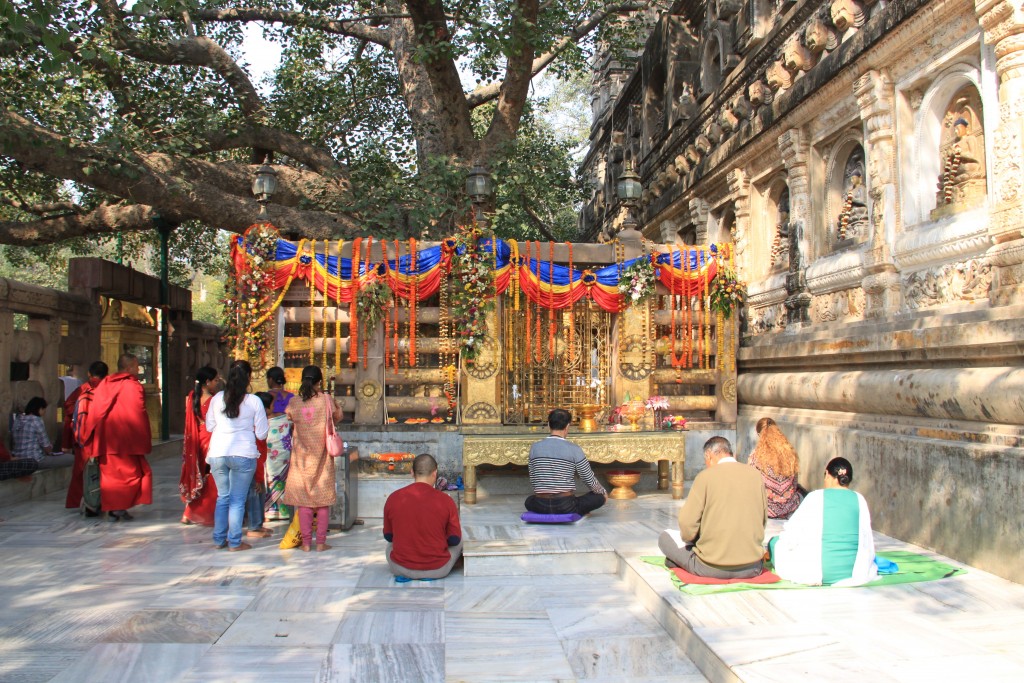
Figure 2: the Bodhi Tree. Photo taken by author (2015).
Here is a full description of the Mahabodhi Temple Complex as found on the UNESCO website:
“The present Mahabodhi Temple Complex at Bodh Gaya comprises the 50 m high grand Temple, the Vajrasana, sacred Bodhi Tree and other six sacred sites of Buddha’s enlightenment, surrounded by numerous ancient Votive stupas, well maintained and protected by inner, middle and outer circular boundaries. A seventh sacred place, the Lotus Pond, is located outside the enclosure to the south.” (UNESCO)
It goes on by describing each sacred place of the site:
“The most important of the sacred places is the giant Bodhi Tree, to the west of the main temple, a supposed direct descendant of the original Bodhi Tree under which Buddha spent his First Week and had his enlightenment, […] the Animeshlochan Chaitya (prayer hall) where Buddha is believed to have spent the Second Week. Buddha spent the Third Week walking eighteen paces back and forth in an area called Ratnachakrama (the Jewelled Ambulatory). […] The spot where he spent the Fourth Week is Ratnaghar Chaitya, located to the north-east near the enclosure wall. Immediately after the steps of the east entrance on the central path there is a pillar which marks the site of the Ajapala Nigrodh Tree, under which Buddha meditated during his Fifth Week. […] He spent the Sixth Week next to the Lotus Pond to the south of the enclosure, and the Seventh Week was spent under the Rajyatana Tree, to the south-east of the main temple, currently marked by a tree. […] Next to the Bodhi Tree there is a platform attached to the main temple made of polished sandstone known as Vajrasana (the Diamond Throne), originally installed by Emperor Asoka to mark the spot where Buddha sat and meditated. “ (UNESCO)
This description thoroughly illustrates the way the site is constructed according to the Buddha’s own life and the different stages of his enlightenment. As one can see, the site’s construction is much more complex and developed than what the Buddha suggested with his own words. Moreover, although the tree is the main focus of devotion, other spots also develop such devotion (Asher, 236). The Mahabodhi Temple itself inspired great devotion and admiration as such, to the point that it has been replicated in different places in the world (Guy, 365).
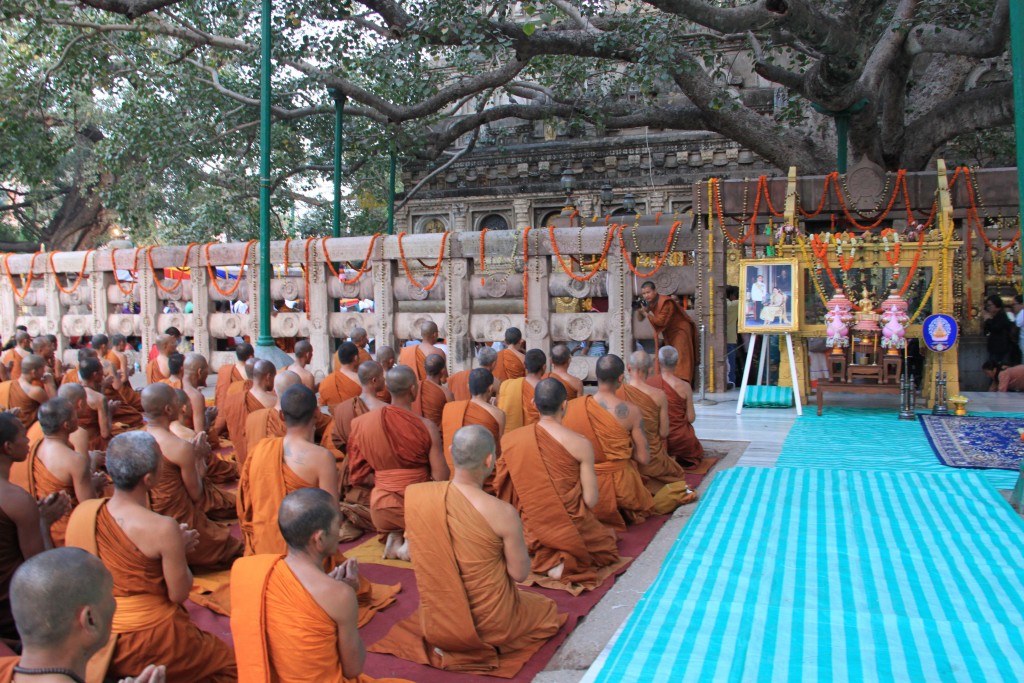
Figure 3: Monks praying in front of the Bodhi Tree. Photo by author (2015).
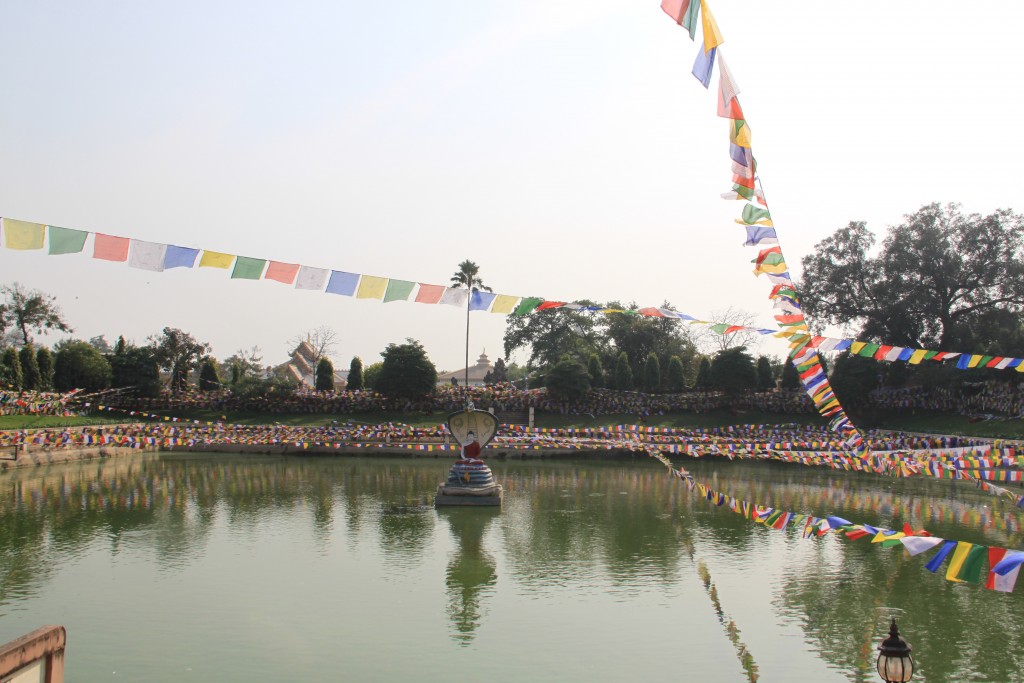
Figure 4: Lotus Pond. Photo by author (2015).
Bodhgaya Today
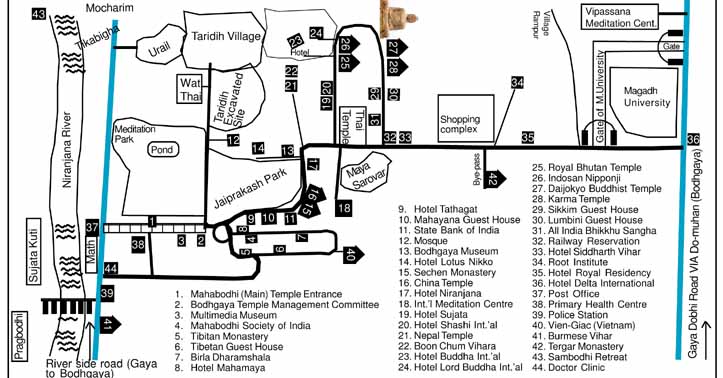
Figure 5: Map of Bodhgaya today. http://www.mahabodhi.com/map.jpg 05 Dec. 2015.
The map of Bodhgaya reveals that the historical site is now much more than the Mahabodhi Temple Complex. Different hotels and guesthouses have been built, as well as a museum, health centres, a bank and a post office among other buildings, in addition to monasteries from different countries. Another later addition was the “Great Buddha Statue” outside the Mahabodhi Temple Complex, which was built in the 1980s and has little relevance to the history of the Buddha. This statue, which is 80 feet high, gets nevertheless quite a lot of devotion nowadays and is one of the significant attractions of the place. It demonstrates the east Asian influence, as it has been built by the Japanese Daijokyo Buddhist sect (Geary, 677).

Figure 6: Great Buddha Statue. Photo by author (2015).
Bodhgaya today is obviously not what it was when Siddharta Gautama decided to sit under a tree to meditate quietly. Today, there are more than 23 million visitors coming each year according to the Bihar government, with a special peak when the Dalai Lama is visiting or during festivals, which explains the flourishing of accommodations, restaurants, shops and activities. The accessibility was even more facilitated with the construction of a railway station in Gaya, as well as an international airport (Gaya International Airport), which brings devotees from all over the world. Being part of the UNESCO World Heritage Monument since 2002 also helped to promote this site, particularly for worldwide tourism.
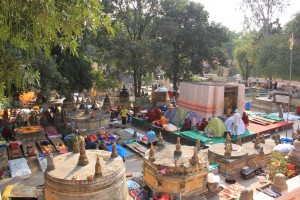
Figure 7: Devotees settled in for worship in the park around the Mahabodhi Temple. Photo by author (2015).
As the image above shows, the Mahabodhi Temple is constantly crowded with devotees who come with their mats, tents and prayer accessories in order to perform their prayers and meditate. Many Buddhists come to Bodhgaya during pilgrimages, which is a way to “be cleansed or healed by this experience and, more importantly, to perform a religious observance or meritorious act in the hope of future spiritual recompense” (Guy, 356). However, there are also a great number of people that come here only as visitors, without any religious purpose. Spiritual tourism* also plays an important role, which lead to the opening of different meditation centres not only accessible to monks, but also to a broader public.
This great number of visitors further encouraged the opening of various shops and markets that can be found everywhere around the Mahabodhi Temple Complex and the other temples and monasteries around the site. One can find Tibetan or Nepalese markets, as well as some others kept by locals. Indeed, India became a land of exile for Tibetan people (Geary, 663), thus they brought their tradition with them, as well as different festivals that are held throughout the year (Geary, 667).
An example of a festival is the celebration of the 2,500th Buddha Jayanti, which was held in Bodhgaya in 1956 (Geary, 650). This festival, although promoting international Buddhism, was also highly politicized, since the 14th Dalai Lama Tenzin Gyatso took part in it and did his first public religious act (Geary, 661-2). Therefore, besides helping the revitalization of the site and worldwide Buddhism, it also encouraged the internationalization of Tibetan Buddhism as a national identity, which shows how the lines between nationalism and religion are getting blurred (Geary, 662).
Souvenirs are part of the Buddhist tradition, thus their production dates back to a long time ago. Traditional souvenirs, which have been found on the market for a long time, include “low-fired and sun-fried clay miniature stupas, and clay impressions of prayer seals […] used possibly as memorials to a deceased relative or simply to acquire merit for the donor” (Guy, 356). Nowadays, one can find Tibetan or Nepalese prayer flags, jewellery, statues, and different Buddhist accessories for meditation, such as praying bowls, malas, as well as handicraft from Bodhgaya or simply typical Indian things. However, a leaf from the sacred Bodhi tree has always remained and remains nowadays the most significant souvenir (Guy, 356). The importance of those souvenirs, particularly concerning the pilgrims, is that they “served not only as souvenirs but as proof of the journey successfully completed. […] They also had a metaphysical function as three-dimensional mandalas of the holiest of Buddhist sites (Guy, 362). Therefore, souvenirs not only have a commercial purpose for sellers, but also a spiritual one for buyers. It is also very useful for locals, as they can support this kind of spiritual market by producing and selling, thus it profits both sides (Geary, 12).
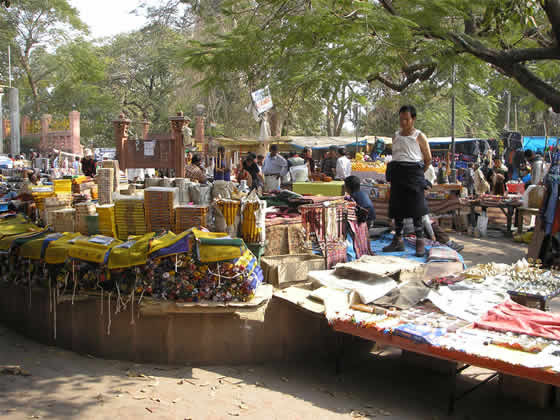
Figure 8: Markets in the streets. Unknown author. www.thezensite.com 03 Dec. 2015.
Geary rightly described Bodhgaya as a “concentration of world Buddhism”, as it combines Buddhism from all over the world (Geary, 11). The transformation of Bodhgaya can be explained by different elements. The Buddha’s own words are the first major influence for the origin of the development of this site, as Buddhist devotees believe that worshipping this place will bring them good merit. The most significant example of devotion to this place is probably by King Ashoka, who commanded the construction of the Mahabodhi Temple as recognition of his faith. After having fallen into neglect for a few centuries, Bodhgaya is now a bustling area mixing up different cultures. This is particularly due to tourism, be it religious or not, which is something that the government has rightly understood. As Geary (13) explains, “the government seeks to capitalize spiritual tourism and push certain development agendas, [and] it also sees Buddhism as a platform from which to boost the stagnant economy of Bihar”. Thus, the religiosity of the place is being used for commercial purpose, since many people visit out of religious, spiritual or only touristic reasons. As a result, this expansion provided money for the city, as well as the state. This profit lead to the establishment of different projects for developing the city, such as the “City Development Plan 2010-2030”. This plan aims at improving the infrastructure of Bodhgaya for locals as well as visitors. In addition, it seeks to further develop its cultural heritage as a main source of income (CDP).
Different organizations such as the Maha Bodhi Society, the Buddha Gaya and the Bodhgaya Temple Advisory Board are also working for the development of the complex, encouraging interactions between different Buddhist networks and educating people about Buddhism (Geary, 650-2). This is done by organizing Buddhist cultural activities, seminars and spreading Buddhist literature (Geary, 681). In addition, foreign governments are encouraged to build their own temples and monasteries. For example, the ‘Royal Wat Thai’ monastery and temple was the first to be built under a foreign government, and it was meant to symbolize the international friendship between India and Thailand (Geary, 658-9). Moreover, the Sri Lankan president also invested in religious and social developments, such as the golden railings surrounding the Bodhi tree and the gold plated canopy above the diamond throne, as well as houses for the poor (Geary, 682).
Bodhgaya also saw the first international gathering of Buddhist nuns, which was held in February 1987, and brought together nuns, monks, and lay members from over 26 countries (Geary, 678). This also lead to the founding of Sakyadhita, a worldwide Buddhist women’s organization. This meeting addressed the issue of gender in Buddhism, with the aim of re-establishing the Bhikshuni (nuns) lineage in some Buddhist traditions (Geary, 679). The development of such Buddhist institutions and organizations highlights how Buddhist sites can be used besides their original religious purposes. As seen with Bodhgaya, the site became much more than a place of worship. In addition to gaining notoriety among Buddhist countries, it became a sightseeing place with the growth of international tourism. Bodhgaya also worked as a seat for the promotion of the interest of different communities. Since it became a significant source of income for the government, this lead to many different changes in the infrastructure and development of the location itself. Consequently, both the state, as well as Buddhist institutions invested in its development in order to promote their own message, either for the national cultural heritage or the Buddhist heritage. Bodhgaya, thus, is said to be used as a “symbol to declare that India’s civilization was noble, culturally variegated, and intellectually respectable” (Geary, 651).
* “Spiritual Tourism” is defined by Norman as a « variety of practices or behaviours that are self-consciously seen as contributory to meaning and identity, and/or beneficial for the individual’s health and wellbeing”. This can be done either as a kind of healing, experiment, quest or retreat. (Norman, 21)
